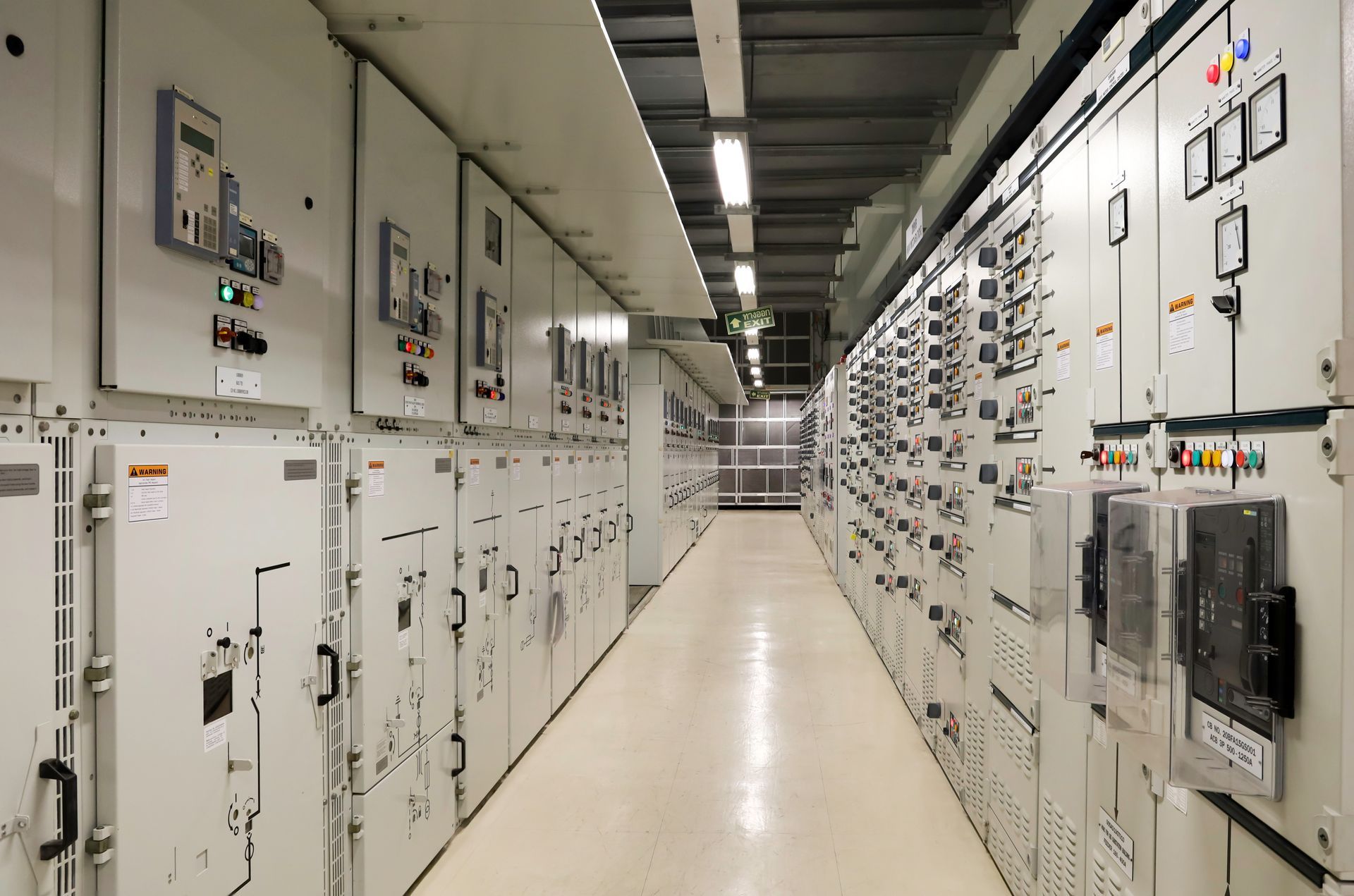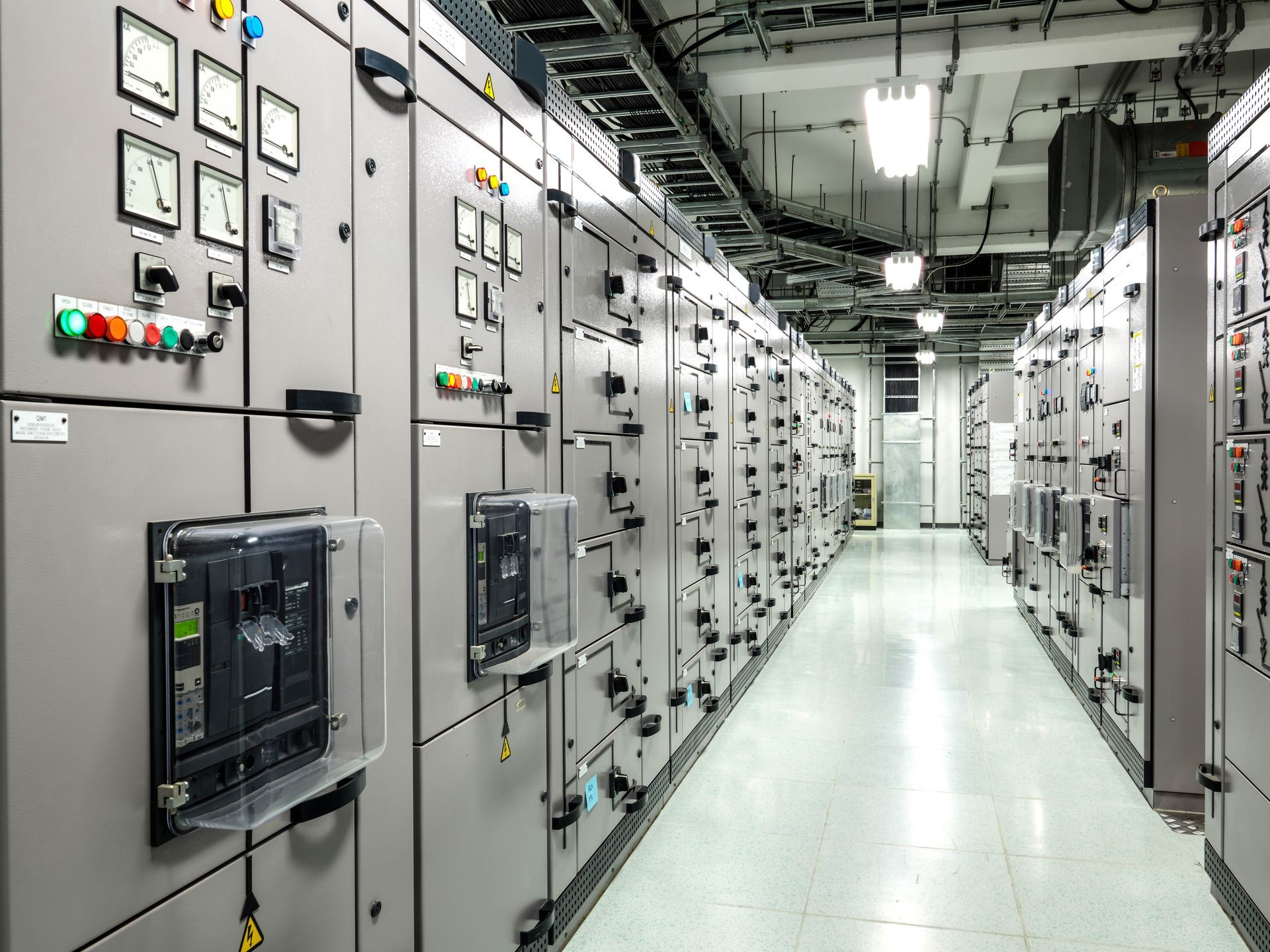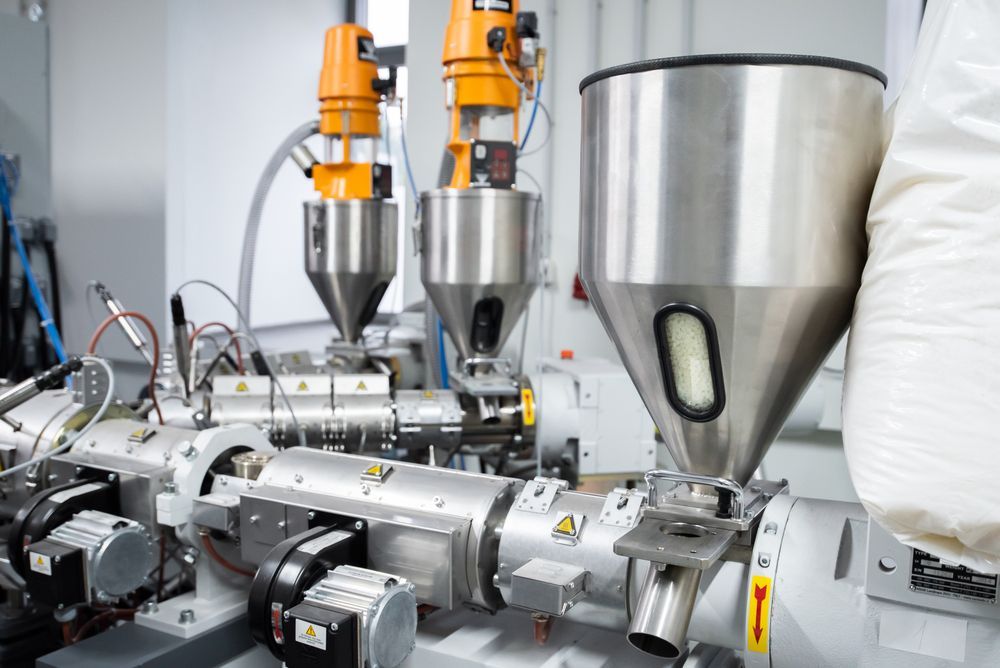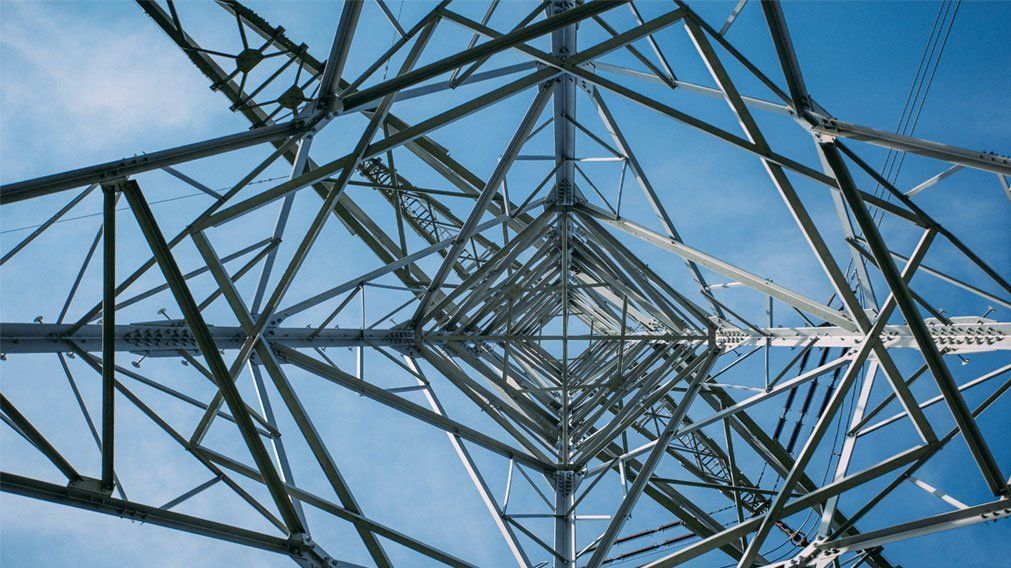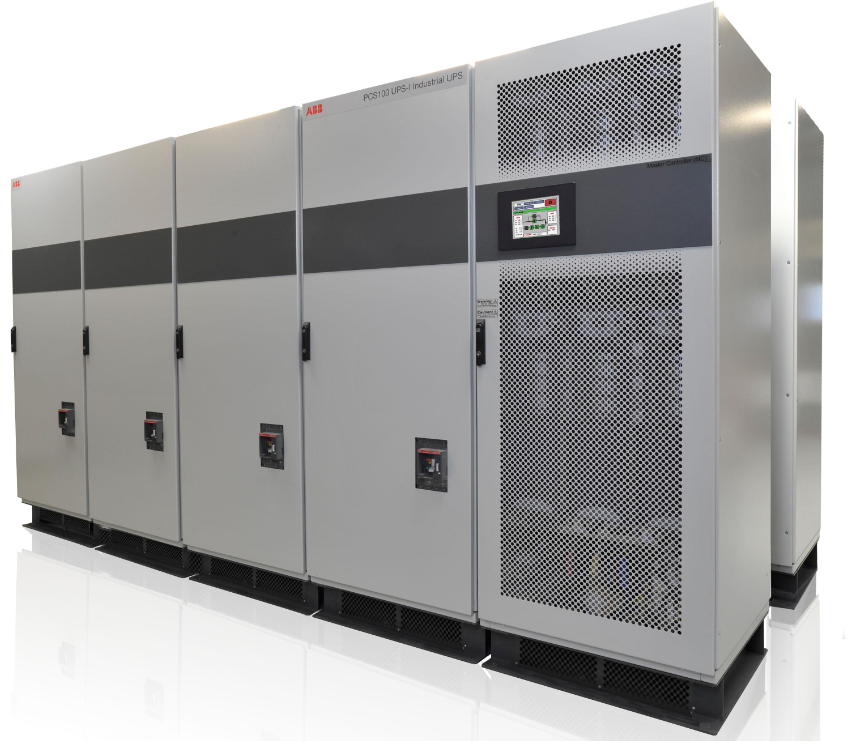Power Factor Voltage Regulation
Share this article:
It is common to confuse
power factor correction with
voltage regulators as they are closely related in their purposes. Have you wondered what distinguishes one from the other? In the content below, we explore the contrasting functions when assessing power factor correction vs voltage regulation and correction.
Power Factor Correction
Power factor correction is a technique that increases the power factor of a given power supply. Several negative issues can derive from a low power factor including penalties assessed from your utility provider, higher demand use charges, and decreased capacity in your electrical and breaker distribution system.
During the initial installation of large utilities such as blowers, refrigeration, or air compressors, it is best practice to perform an evaluation to see if the load type will result in a poor power factor. This evaluation also determines if installing capacitors and a synchronous motor are justified to help remain within the power factor range. Doing so avoids penalty fines and may even help you receive a reduction in your electric bill.
Power factor correction is a technique of increasing the power factor of a power supply. In the event a utility switches power supplies without power factor correction, it will draw the current in short, high-magnitude pulses. Many utility providers are paying attention, issuing guidance, and in many cases issuing fines for it. Many Utilities are enforcing Power Factor level to maintain above .85. This is nearly impossible for many industry equipment without using power correction.
Benefits of Power Factor Correction
A voltage correction system (AVC) with power factor correction built in will provide an incredible amount of benefits to your facility beyond satisfying the utility provider requirements. While correcting power factor with an AVC, you can also stabilize your power internally to your facility and create many additional benefits along the way.
Additional benefits include:
- Reduced Downtime
- Reduced or eliminated voltage/amperage fluctuation events wearing all computer components
- Reduced or eliminated voltage/amperage fluctuation events wearing all drives, PLC's, and control equipment
- Lowered maintenance and replacement parts cost
- Lowered peak demand from your utility provider (keeps in line kW vs kVA ratio)
- Creates more electrical distribution capacity in your power distribution system
When you install equipment that will correct power and hold voltage, you can also accommodate power factor issues. Halting wear and tear on other equipment in the facility by having stable voltage and power factor is the goal. The long-term positives are lowered operations and maintenance costs by limiting voltage and amperage anomalies inside the facility.
Voltage Regulation
Voltage and current constantly change in distribution systems. Your drives, boards and controls are constantly bombarded with voltage and amperage sags and surges. Voltage regulation maintains the voltage levels of a given utility or facility within acceptable ranges.
Customers with voltage regulators in place have been successful in maintaining voltage levels within acceptable ranges giving utility customers the assurance that electrical equipment will operate properly. Voltage regulators in the traditional sense were in line to the incoming service to protect from line fluctuations.
An effective voltage regulation solution controls the voltage of a system, so it remains within a practical and safe range of voltage tolerances under all design loads. Voltage at any utilization equipment should be within the guaranteed operative range of the equipment.
Several models of voltage regulators, either automatic or manual, are available to work with all load sizes and types, from independent electronic devices to the equipment for an entire facility.
Benefits of Voltage Regulation
Voltage Correction provides voltage stability by correcting and holding the voltage to avoid deviations that slowly wear out your control and process equipment. This is accomplished by implementing either an Active Voltage Correction (AVC) or an Active Voltage Regulation (AVR) device.
By doing so, you can reduce time spent in recurring maintenance tasks involving the replacement of boards, capacitors, and other parts. Additionally, an AVC or AVR reduces your downtime spent to reset equipment and processes.
Additional benefits include:
- Acting as a buffer for protecting components from damages
- Generating a fixed output voltage that remains constant for any change in an input voltage or load conditions
- Functioning as the most affordable option to correct simple line voltage
- Correcting and holding the voltage to avoid deviations that slowly wearing out control and all process equipment
- Reducing the frequency of performing maintenance to replace boards, capacitors, and other parts
- Reducing downtime spent resetting equipment and processes
Power Factor Correction vs Voltage Regulation: Which Do You Need?
Are you facing penalties from your utility provider that derive from a volatile voltage from other equipment in your facility? Have you experienced an ongoing decreased capacity in your electrical and breaker distribution system? When your electrical loads generate a poor power factor, you need to use a power factor correction device to boost the power factor to an optimal level.
Does your facility need voltage stabilization? When a steady, reliable voltage is needed, then voltage regulation is the preferred method of choice. Doing so generates a fixed output voltage that remains constant for any changes in an input voltage or load conditions. Therefore, voltage regulation acts as a buffer for protecting components from damages caused by voltage swells and sags.
Power Factor Correction and Voltage Regulation Maintenance with Voltage Correction
At Voltage Correction, our electrical engineering experts know which power correction and voltage regulation solutions will best maintain your industry and reduce the occurrence of voltage sags or swells. By analyzing your current power output and monitoring the electrical environments in your facility, we can capture nominal voltage, sags, surges, and events that would otherwise wear down your equipment.
Our Voltage Correction experts can complete a site survey, assess your facility, and install a power metering device. When you install equipment that corrects power and holds voltage within your facility, you will have the proper protection in place to defend against all outside influences of power. Halt the wear-and-tear on equipment in your facility by implementing a stable voltage and power factor.
Contact us today to learn more about our voltage sag correction and metering services or to schedule a site visit. Call 855-240-6776.
Connect with Us:
